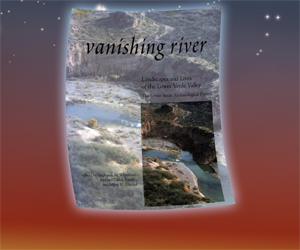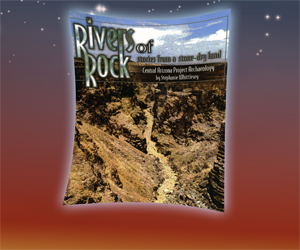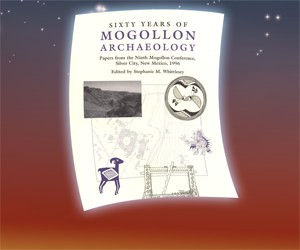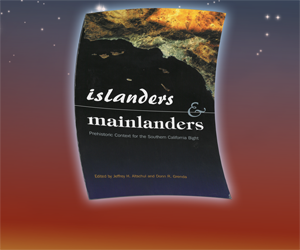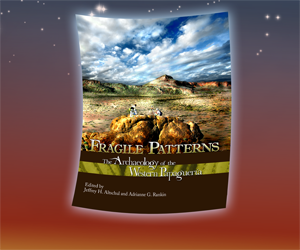Prehistoric Adaptation to a Desert Spring Environment: Archaeological Investigations of Surprise Spring, San Bernardino County, California

By Jeffrey H. Altschul
Technical Series 27
206 pp. / 1990
The results of a program of archaeological survey and test excavations at the Surprise Spring site (CA-SBr-424) are presented. The site is located on the U.S. Marine Corps Air Ground Combat Center in Twentynine Palms, California. The springs are formed by tectonic activity along a ridge immediately east of the site. Prior to 1941, the springs flowed above ground. Continual pumping of water has dropped the water table to around 250 feet below surface, thereby suppressing the springs. The area around the springs currently consists of sand dunes dispersed throughout Pleistocene bajada and terrace formations. Mesquite, now dead, grew in abundance on top of the stabilized sand dunes. A 200-acre area surrounding and including the springs was surveyed. Discrete archaeological features and deposits, termed loci, were defined. Loci found in close proximity were grouped together in a Unit designation. In all, 38 loci were grouped into 11 units.
Loci were found in a variety of topographic contexts. Test excavations were designed to examine the integrity of loci from a sample of these settings. The results suggested that the loci detected from surface observations all dated no earlier than Saratoga Springs Period. Artifacts in the form of ceramics and projectile points collected by Elizabeth and William Campbell from the site between 1927 and 1931 were consistent with this interpretation. One locus (Unit 14, Locus A) was completely excavated. Located in the bajada near the springs, this locus consisted of a thin midden layer overlying eight basin-shaped hearths or roasting pits.
Macrofossils recovered from the pits indicated that they were used to process pinyon pine nuts gathered in the mountains. A radiocarbon sample from the midden was dated to around 6500 B.P. The intensive excavation of Unit 14, Locus A indicated that surface manifestations may not be representative of either the date or nature of the occupations of the springs. Data recovered from the testing program suggests that the springs were used on a short-term basis for both procurement of plants and animals by small groups. These groups probably derived from a variety of culture areas from the Salton Trough on the south to the Great Basin to the north.
Given the ability to address a series of research issues even on the basis of the limited data recovered during the testing program, the site was recommended to be eligible for inclusion in the National Register of Historic Places.

